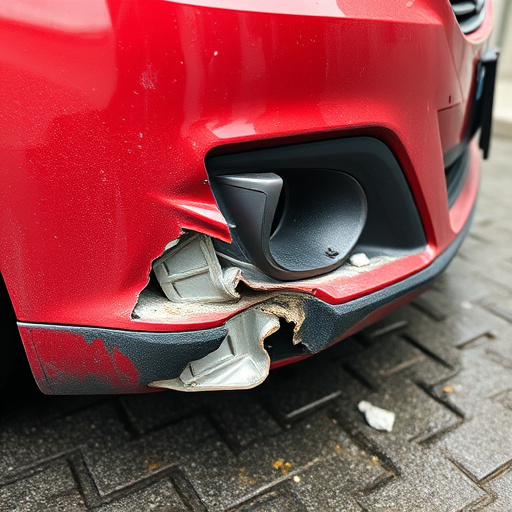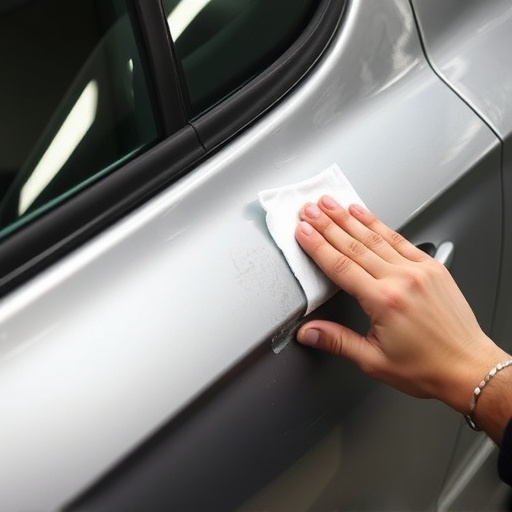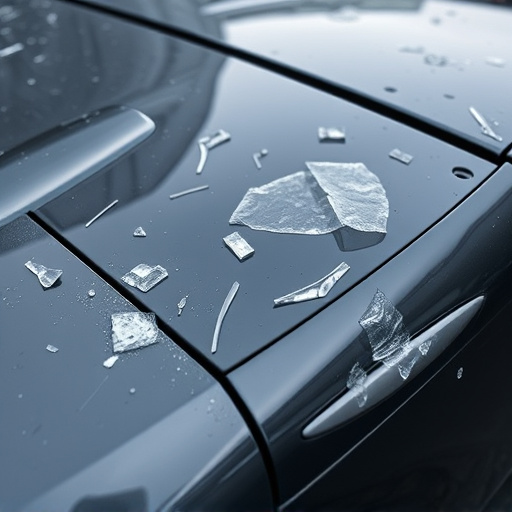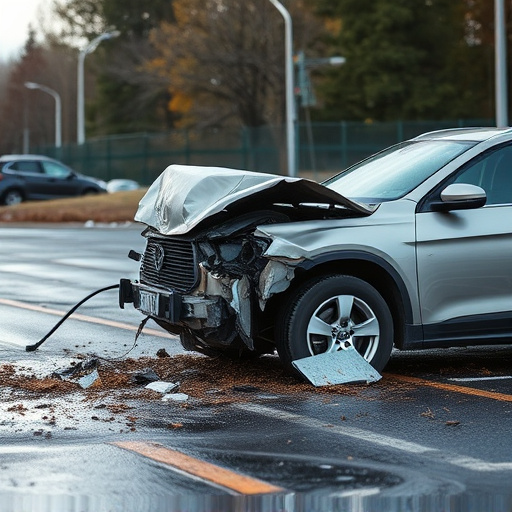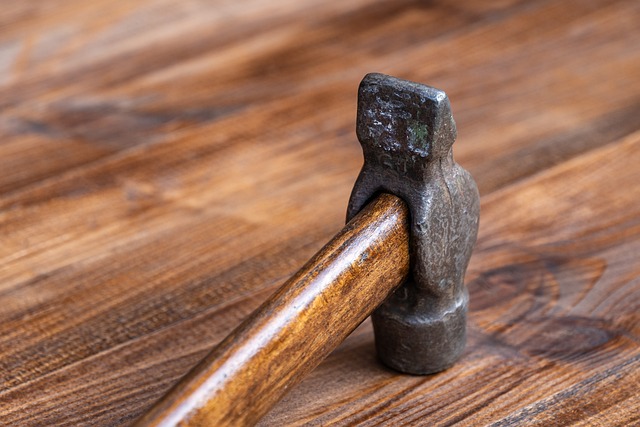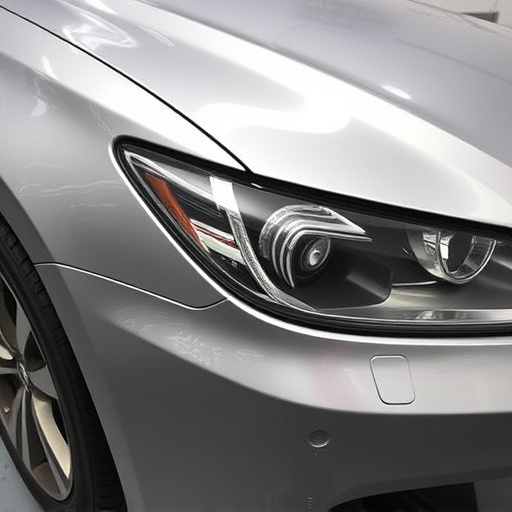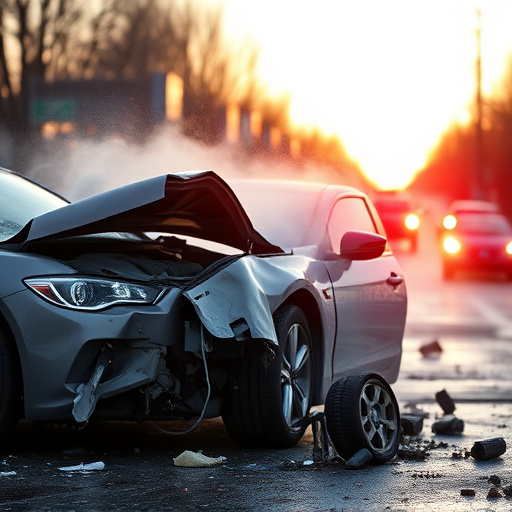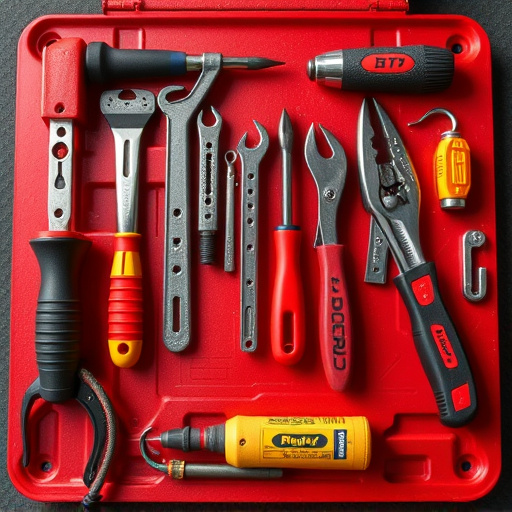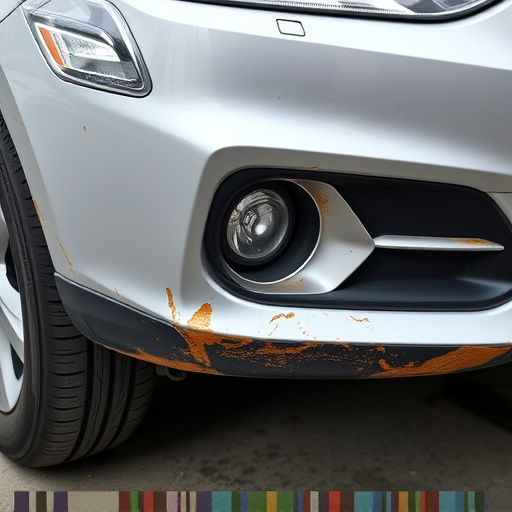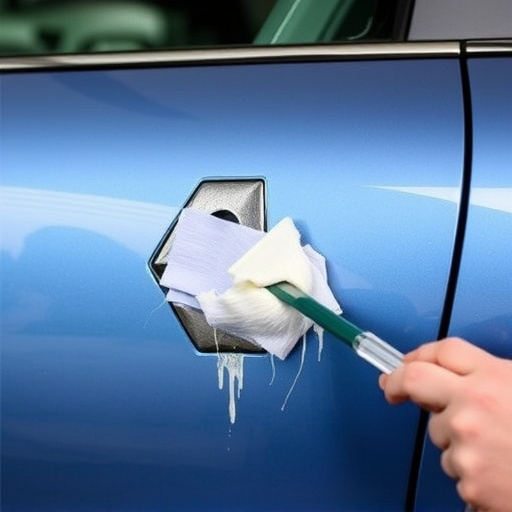Tesla bumper cameras, vital for safety and autonomous driving, can face issues from sensor malfunctions, debris, extreme temperatures, or software glitches. Auto body shops specializing in Tesla repairs must diagnose these problems meticulously using advanced tools. Solutions include cleaning, component replacement, or firmware upgrades. Regular maintenance tips include lens cleaning, parking in shaded areas, and inspecting the camera housing for damage. Prompt repair services are recommended for any bumper dents or damage to prevent complications affecting image signal processing capabilities.
Tesla bumper cameras, designed for enhanced safety, can experience issues with faulty image signal processing. This article guides you through understanding and resolving these problems. We explore common causes behind Tesla bumper camera glitches, providing a detailed step-by-step process for repairs. Additionally, learn essential tips for preventive maintenance to extend the lifespan of your vehicle’s crucial safety feature. Discover how to tackle Tesla bumper camera repair effectively.
- Understanding Tesla Bumper Camera Issues and Their Causes
- The Process of Repairing Image Signal Processing Faults
- Tips for Preventive Maintenance to Extend Camera Lifespan
Understanding Tesla Bumper Camera Issues and Their Causes

Tesla bumper cameras, designed for enhanced safety and autonomous driving features, can encounter various issues affecting their image signal processing (ISP). Understanding these problems is crucial for efficient Tesla bumper camera repair. Common challenges include sensor malfunctions due to dust, debris, or extreme temperature variations, leading to distorted or incomplete images. Additionally, software glitches within the ISP algorithm might cause delays or inaccuracies in data transmission, impacting the overall performance of the system.
An auto body shop specializing in Tesla repairs should diagnose these issues meticulously, often employing advanced diagnostic tools and expertise in automotive repair. By identifying the root cause, whether it’s a faulty sensor or a software update, they can provide effective solutions such as cleaning or replacing components, or upgrading the vehicle’s firmware, ensuring optimal function of the bumper camera system for safe driving assistance.
The Process of Repairing Image Signal Processing Faults
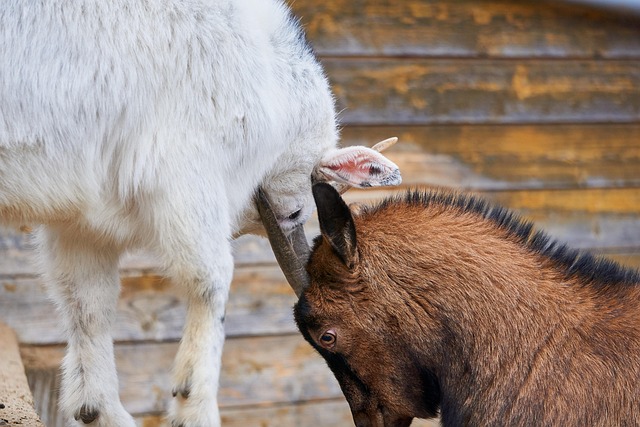
When a Tesla bumper camera displays faulty image signal processing, the repair process involves several meticulous steps. First, technicians carefully disassemble the camera module, ensuring proper handling to avoid further damage. They then inspect each component for wear or malfunction, identifying the source of the issue. In many cases, a simple replacement of defective parts such as sensors or circuit boards can resolve the problem.
The repair team uses specialized tools and high-quality spare parts specifically designed for Tesla bumper cameras, guaranteeing optimal performance after the fix. Once identified and replaced, the camera module is reassembled, and thorough testing is conducted to verify image signal processing functionality. This meticulous approach ensures that the Tesla bumper camera functions seamlessly, enhancing safety features and providing clear images during driving conditions.
Tips for Preventive Maintenance to Extend Camera Lifespan

Regular maintenance is key to ensuring your Tesla bumper camera remains functional and extends its lifespan. Here are some tips for preventive care. First, keep the camera lenses clear and free from debris by regularly cleaning them with a soft microfiber cloth. This simple step prevents dirt and dust buildup, which can obstruct the image signal processing and affect picture quality.
Second, protect your Tesla bumper camera from extreme temperature changes. Extreme heat or cold can impact the camera’s performance over time. Consider parking your vehicle in shaded areas to prevent excessive heating, and during winter, ensure the camera is fully defrosted before starting the engine to avoid freezing issues. Additionally, periodic checks for any signs of damage, such as cracks or scratches on the camera housing, are essential. If you notice any dents or damage to your bumper, consider prompt auto repair services to prevent further complications, including potential failures in the camera’s image signal processing capabilities.
In conclusion, addressing Tesla bumper camera issues, particularly those related to faulty image signal processing, involves understanding the root causes and implementing effective repair methods. By following a structured approach outlined in this article—from identifying problems to preventive maintenance tips—owners can extend the lifespan of their Tesla cameras and ensure optimal performance on the road. Remember, regular upkeep is key, and with the right knowledge, you can keep your Tesla’s advanced driver-assistance systems operating smoothly. For any repairs or maintenance, consider seeking professional assistance for a guaranteed fix, focusing on the crucial aspect of Tesla bumper camera repair.
